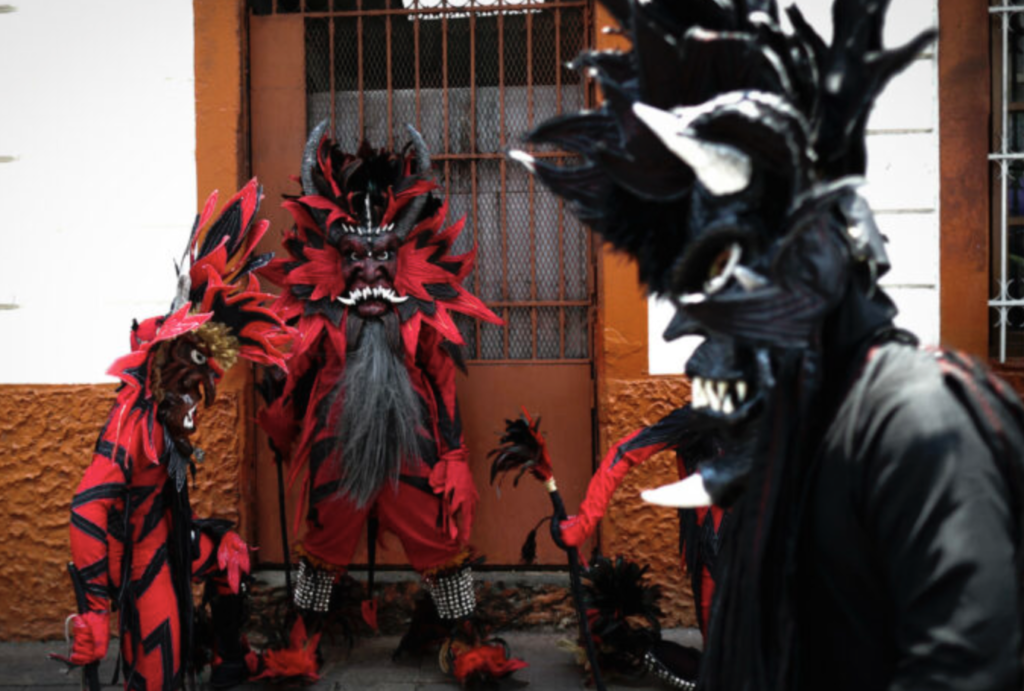
Around 300 “devils” toured the colonial Casco Antiguo of Panama’s capital dancing to the rhythm of rattles and drums on Sunday.
Dressed in colorful costumes and terrifying masks, the devils danced through the main streets of Panama City’s Casco Viejo, declared a World Heritage Site by Unesco in 1997, while they “scared” those present, within the framework of the II Devils Festival.
“They are a way in which our folklore has diversified,” Alexander Alarcón, one of the festival organizers, told EFE.
Alarcón explained that there are different types of devils depending on the region of Panama and “each one has a different dance, music and reason for being, but everything was based on the evangelization of culture.”
This Sunday four types of devils danced: Diablo Congo (or Tun Tun) and Diablo Espejo, both from Colón (Caribbean and an area with a large Afro-descendant population), Diablico Sucio from Villa de Los Santos (in western Panama and popularly associated with a greatest Spanish culture), and the Gran Diablo from La Chorrera (province adjoining the Panamanian capital).
“I represent the Spanish oppressor, who repressed the slaves in his time,” Adrián Escobar, 28, one of the dancers who symbolized the devil Tun Tun, told EFE as he prepared before the festival, organized by the Ministry of Culture.
Escobar, with a long family tradition in popular dances, said that the dance “goes according to the music of the Congos, which is special, it is only of the devil Tun Tun.”
The devils are one of the most archaic traditions in Panama dating from colonial times when the Spanish evangelized the indigenous “dramatizing” through dances with costumes of large masks decorated with feathers and sharp teeth, who was “good and bad,” according to Alarcón.
“The first (dance) was the dirty devil, which was made of white cloth painted with achiote (a common plant in Panama from which a natural red dye is extracted) and charcoal,” added Alarcón in the Plaza de la Catedral of the Old Town, the epicenter of the festival.
After the arrival of other nationalities and cultures, “the Tun Tun or Congo devil dance appeared, which is in the majority on these dates because its manifestation took place at Easter, so at the end of the week it is more linked to Corpus Christi, it was also declared by Unesco as an intangible heritage of humanity,” he added.
Devils are a Panamanian cultural custom that is celebrated before and during Corpus Christi. They are also common in other Latin American countries, such as Venezuela.